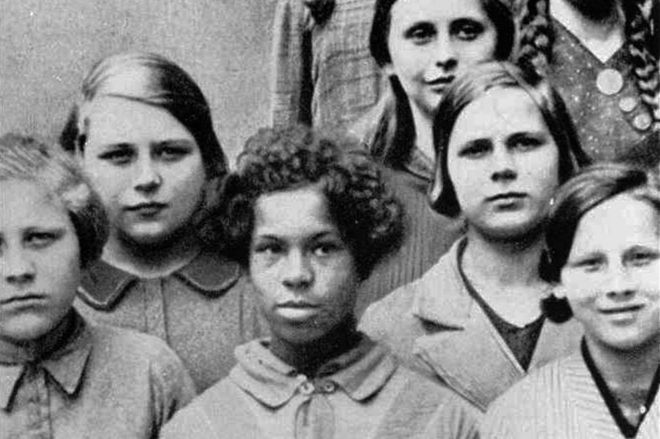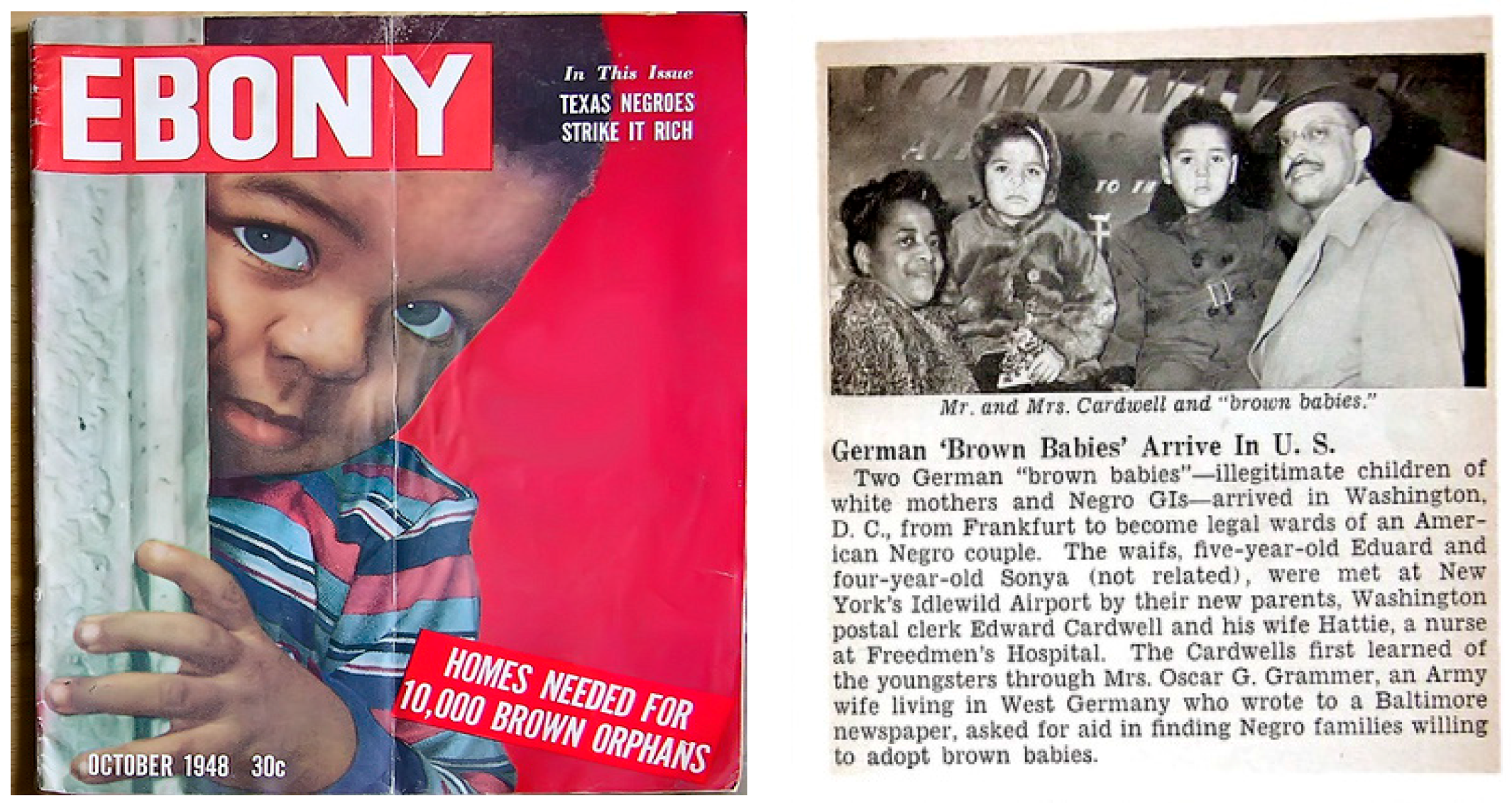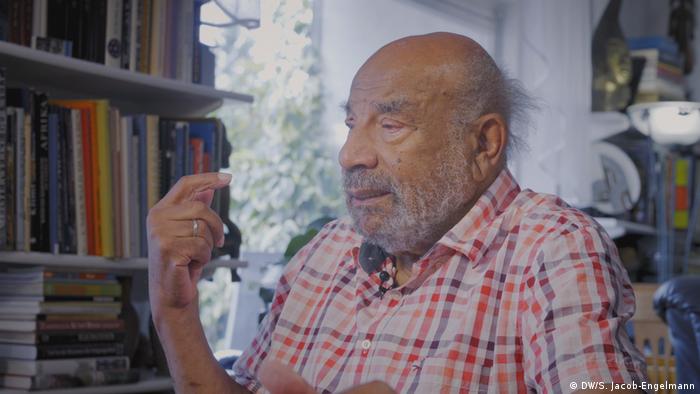Afro-German Women are Still Upholding the Legacy of May AyimPosted in Articles, Biography, Europe, Literary/Artistic Criticism, Media Archive, Women on 2020-09-13 01:55Z by Steven |
Afro-German Women are Still Upholding the Legacy of May Ayim
Catapult
2020-09-10
 May Ayim with Audre Lorde/Photograph via audrelordeberlin.com |
There have always been people suffering from anti-Blackness. And May Ayim highlights the continuity of the Black experience—not only her own, but those before her as well.
In 1986, Afro-German author and poet May Opitz—better known as May Ayim—co-edited the anthology, Showing Our Colours: Afro-German Women Speak Out. The book carries the stories of Afro-German women and their volatile, often violent experiences with anti-Blackness, belonging, and sexism in the European nation. Showing Our Colours remains a seminal offering in works that claim the existence and legitimacy of Black history within Europe, and also examines Germany’s specific role in the nineteenth century colonization of Africa—including the genocide in Namibia, which saw over one hundred thousand of the Herero, Nama, and San people killed by the German regime from 1904 until 1908.
Those who survived the genocide were locked in concentration camps, a precursor to those that would be utilized in the Holocaust. Showing Our Colours is as much about claiming space as it is about holding Germany accountable to its imperial history and its effects on the contemporary realities of Black immigrants living in the country. The book also outlines political shifts through the ages that saw terms like Moor, Negro, and African morph into racial epithets that would later be used by pseudoscientists to justify anti-Black racism, fascism, and medical bias.
Ayim died by suicide in 1996, and in her life and death, I see a testament to the resilience of Black women, and an indictment of insidious white supremacy that makes Black life a fragile negotiation between visibility and erasure. Since her death, Ayim’s work has been revisited most often by young Afro-Germans searching for the language and tools to explore their Blackness and womanhood alongside a European history that interrupted their ancestry and systematically destabilizes their present. For Afro-Germans, and especially the youth who have lived through global Black Lives Matter conversations, who witnessed police brutality on both a national and global scale, it is not enough to be simply German. It’s in this space that Ayim’s work is finding new eyes…
I spoke with Marny Garcia Mommertz, a Black-German researcher born in Oldenburg, Lower Saxony, about how the late author’s work has been something of a map, detailing similar experiences of othering, and a reminder that her contemporary reality is not simply of her own making, but part of a larger structural legacy of oppression…
Read the entire interview here.









